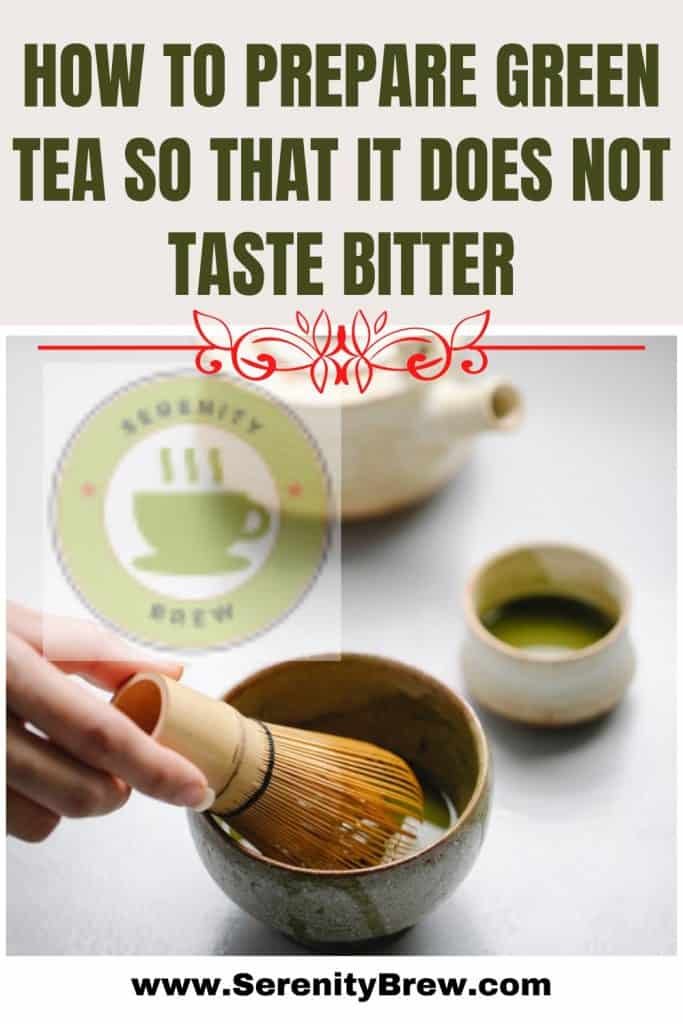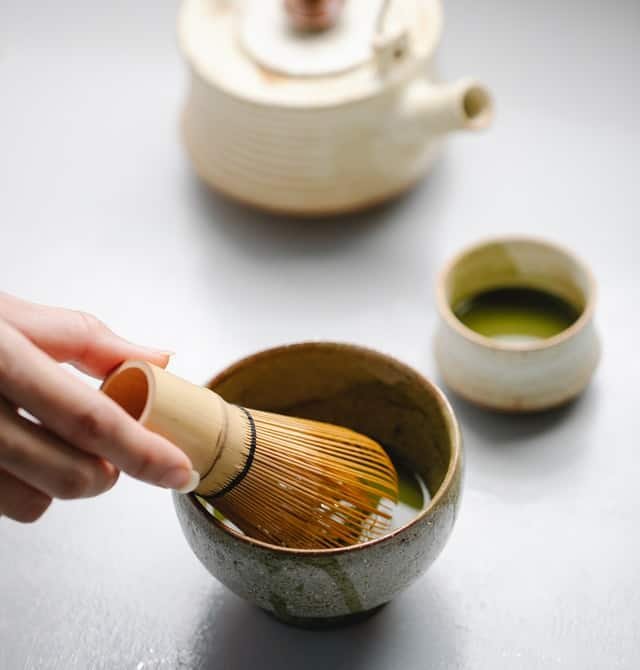
How would you describe the taste of green tea? If the first word that comes to mind is “bitter”, you are probably not preparing it well.
Green is a delicate tea, very exposed during its preparation to factors such as the temperature of the water and the time of infusion. A point of bitterness is normal in a tea, especially if it is green, and it is refreshing and pleasant.
However, if it overlaps and hides the rest of the flavors, you will be missing out on endless nuances and the authentic experience of enjoying green tea.
The true taste of green tea
The family of green teas, like that of whites, is characterized by its delicate, fresh and subtle flavors. They usually produce infusions with light bodies, and herbal or floral aromas are common.
There are dozens of varieties of green teas, which gives rise to a great wealth of nuances. Those produced in China, for example, tend to provide roasted and earthy flavors. Japanese green teas, on the other hand, tend to stand out for their vegetal notes.
Why Green Tea Bitter: The Chemistry of Flavor
The bitter taste of tea is clearly responsible for: tannins.
You can find these chemical compounds in many foods of plant origin such as grapes, pomegranates, blackberries, chickpeas, lentils. Tannins give foods bitter flavors and astringent textures that plants use as a defense mechanism to prevent herbivores from consuming them.
Tannins influence some of the health properties of green tea. Its antibacterial properties, its antioxidant effects and its ability to modify the intestinal microflora and eliminate pathogens are being studied.
As in so many other things, the key is in the measure. An excessive concentration of tannins will make a food impossible for our palate, but, in the correct measure, they do not cause any unpleasant taste. Fruits, for example, decrease their concentration of tannins as they ripen. A green apple will be inedible, but ripe will be delicious.
Tea leaves naturally contain tannins. These are soluble, so they pass into the water during the brewing process.
There are two factors that are decisive in explaining the concentration of tannins in your cup. On the one hand, the temperature of the water; on the other, the infusion time. Let’s see how to prepare green tea without the tannins spoiling it.
How to prepare your green tea so that it does not taste bitter
types of water
Water is the main ingredient of your infusion, so paying attention to its quality is not silly, right? Hard waters (with a high concentration of minerals) are not recommended for making tea since their taste “dirties” the natural flavors.
We recommend using water that does not add any additional flavor or aroma to the tea. Tap water is always a more environmentally friendly solution than bottled water. If the one in your area is too hard, you can use a descaler. If there are any other factors that could influence your brew, salinity for example, simply use bottled water.
Choose a good quality
A common factor in the world of tea to measure quality is the degree of integrity of the leaves that compose it. In this way, the highest quality teas are made up of more whole leaves and the lesser ones, of more damaged elements such as pieces of leaf, stems and even dust.
The degree of strength of the leaf causes the flavors of the tea to develop differently. Chopped leaves will develop bitter flavors more quickly than whole leaves.
If you use tea bags, it is especially important that you pay attention to the recommended infusion times, since these tend to accumulate more broken and lower quality leaves.
Don’t use too hot water
The temperature of the water is a fundamental point for your green tea to come out delicious. If you use water that is too hot, you will increase the presence of tannins and cause a bitter taste.
Green tea usually requires water between 70ºC and 80ºC. You should also not be too careful, if you use water that is too cold, the flavors of the tea will not develop properly. If you are a true tea freak , there are kettles that have a built-in thermometer to choose the temperature. If not, you can always bring the water to a boil and let it cool for a few minutes.
Good companions for a green tea
If you know how to prepare green tea correctly, you will reduce its presence, but remember that bitterness is part of the palette of flavors that you will find in your cup of tea.
If despite reducing its appearance when you prepare it, it is still too much for your palate, you can balance it by adding additional ingredients that compensate or hide it. We give you a few examples.
Fruit
The acidic flavor of the lemon, which you can put in slices or in juice, can help counteract the bitter taste. You can also use sweeter fruits, like peaches or apples, to further offset the bitterness.
Flowers
If green tea is still too bitter for you, you can opt for a blend. Combinations like green tea with jasmine or green tea with mint are easy to find and are delicious and less bitter.
Ice
Green tea is excellent to drink cold. Remember that the temperature influences the way we perceive the flavors, the cold will reduce the aromas of your cup of tea, but also its bitterness.
Sweeteners
The sweet can be your biggest help in controlling the bitter taste and, in the process, reducing the astringency of your cup of tea. You can use any sweetener: honey, stevia, sugar, panela…
Prepare your cup

Ready to start? We hope that all of these tips will help you when you prepare your next pot of green tea.
